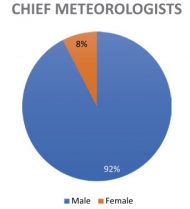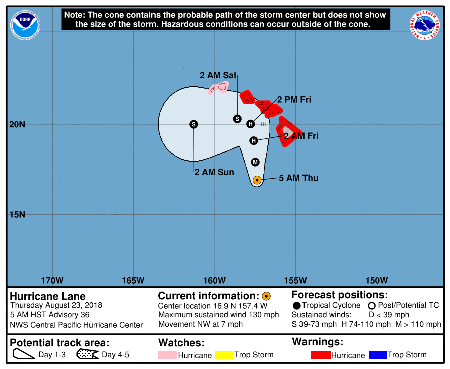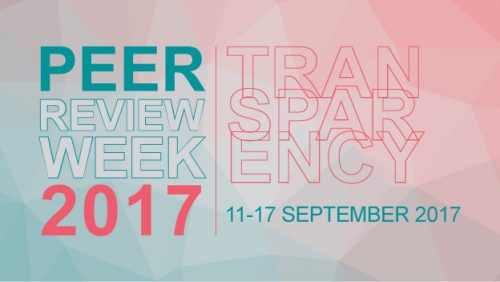by Tony Broccoli, AMS Publications Commissioner
The peer review process is essential for high-quality scientific publication. Most readers of BAMS are aware of this simple fact, but we often hear questions about the many volunteers who take part in the peer review process. What is the difference between editors and associate editors? How do we choose chief editors? To answer these and other questions as part of this year’s Peer Review Week, I will provide a quick look at the roles of volunteers who make the peer review process work.

When a manuscript is submitted to one of the 11 technical journals published by AMS, it is examined by the chief editor of that journal. (Two AMS journals, Journal of Atmospheric and Oceanic Technology and Journal of Climate have two co-chief editors.) If the manuscript meets basic standards of clarity, language, and content, the chief editor will assign an editor to handle it. The handling editor’s area of expertise will typically be consistent with the topic of the manuscript.
The next step for the handling editor is the selection of reviewers for the manuscript. Reviewers are also chosen on the basis of their expertise because they are being asked to make a technical assessment of the manuscript under consideration. Most manuscripts are assigned to two to three reviewers, who are expected to return their reviews in a specified length of time.
Once the reviews of a manuscript have been received, the handling editor is responsible for evaluating them and deciding the outcome of the peer review process. The editor may decide to 1) accept the manuscript without revision (this is quite rare); 2) require minor revisions that will be judged by the editor without further evaluation by the reviewers; 3) require major revisions, after which the revised manuscript will typically be subject to another round of evaluation by the reviewers; or 4) reject the manuscript as unsuitable for publication. In making a decision, the editor is not simply tallying the recommendations of the reviewers, but instead using the reviews to make an informed judgment about the manuscript.
Thus the scientific publication process depends critically on many people who generously donate their time. Reviewers are at the heart of the peer review process; this army of volunteers provides a critical evaluation of each manuscript and offers suggestions on how it can be made stronger. Reviewers who have a history of providing excellent and timely reviews are often invited to become associate editors, who agree to provide more frequent reviews, review manuscripts on short notice, and advise the editors of challenging or difficult cases.
Editors are frequently chosen from the ranks of associate editors who have performed their duties with distinction. Successful editors have certain attributes: they are excellent scientists, they have good judgment, and they have superior time-management skills. Each of these attributes is important for making sound decisions about manuscripts, communicating with authors and reviewers, and managing the unrelenting stream of incoming manuscripts in a timely manner.
Experience and accomplishment in per- forming the duties of an editor are among the primary considerations in identifying candidates for chief editor. Although this may be the most visible position among the volunteers who contribute to the peer review process in AMS Publications, it is by no means the most important. Reviewers, associate editors, editors, chief editors, and the AMS staff who work with them are all crucial to the scientific publishing enterprise. Regardless of which of these roles you occupy, you are making an important contribution to an essential element of scientific research.
To get involved, please follow this link to the AMS publications website.

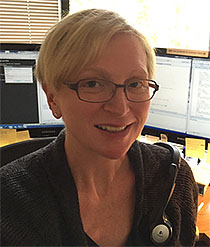
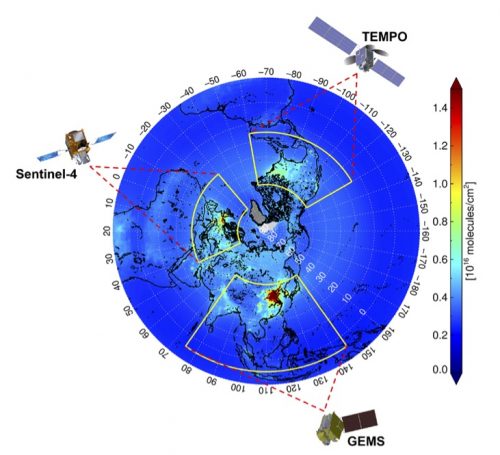
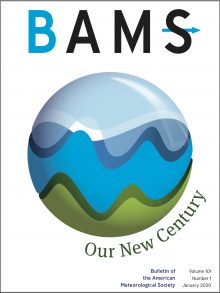 This is actually a twin launch: The GEMS article is among the first of the new-look BAMS in
This is actually a twin launch: The GEMS article is among the first of the new-look BAMS in 
